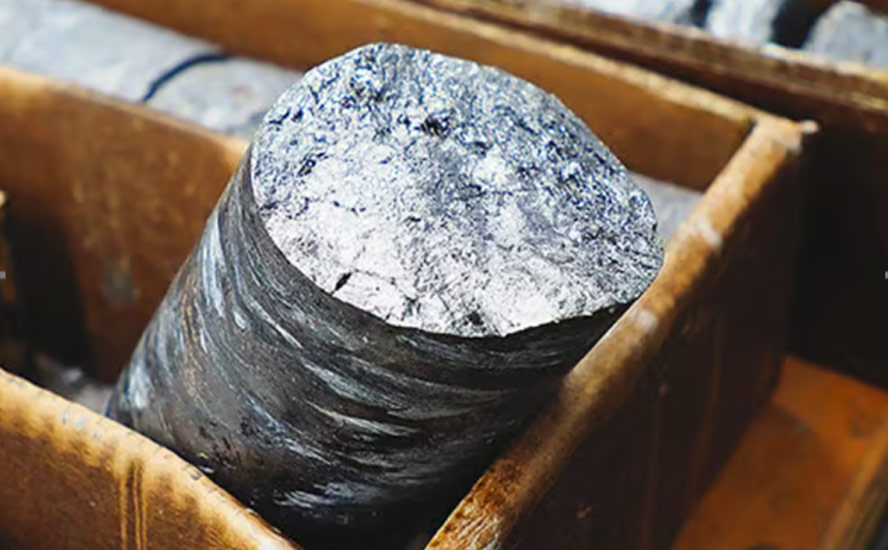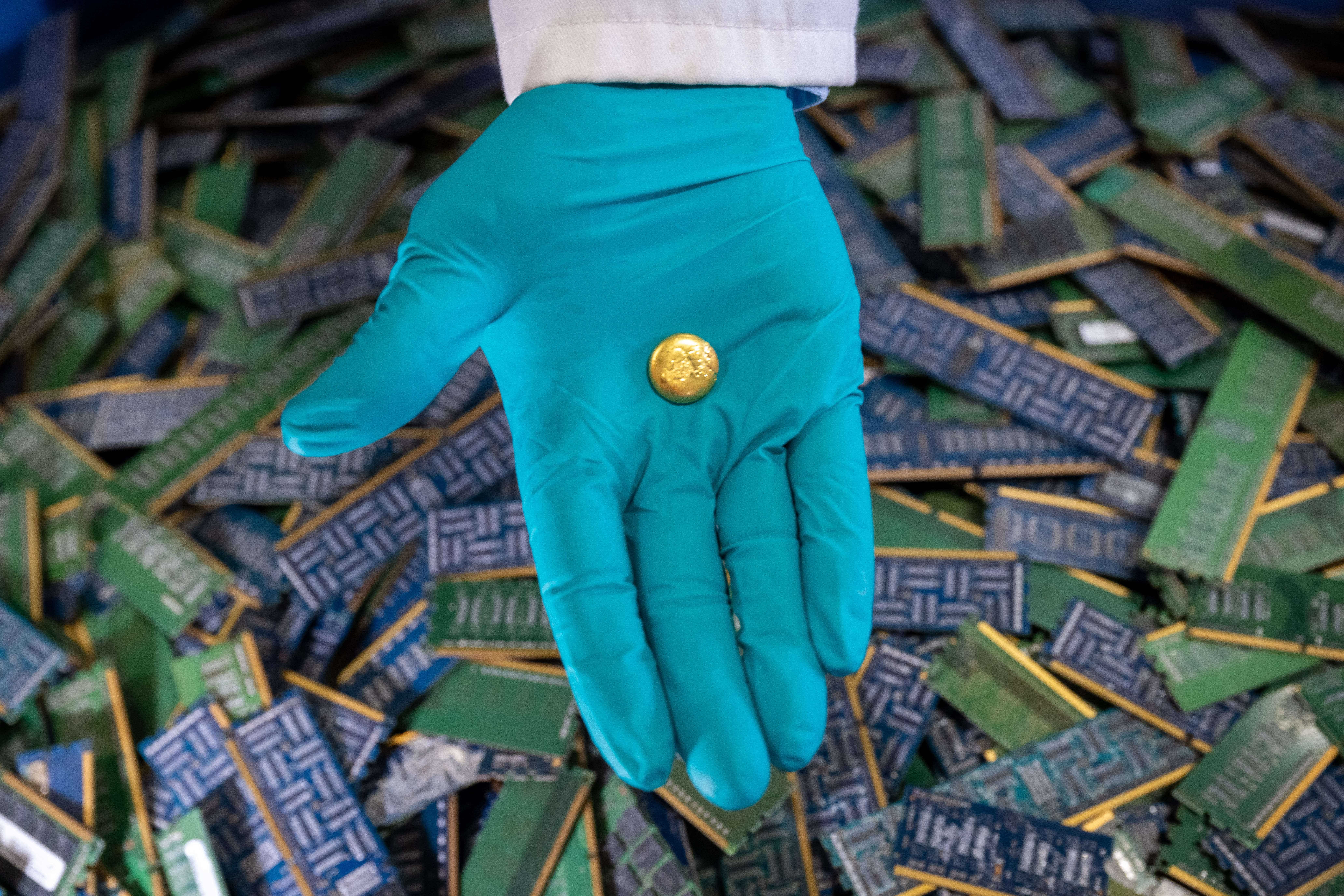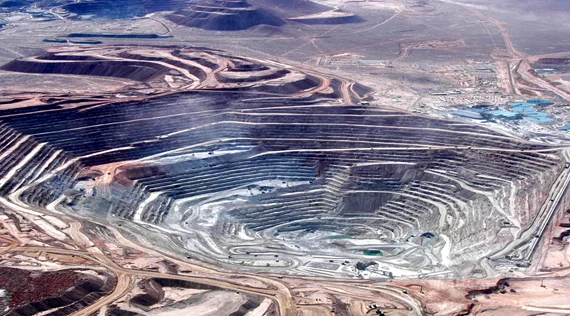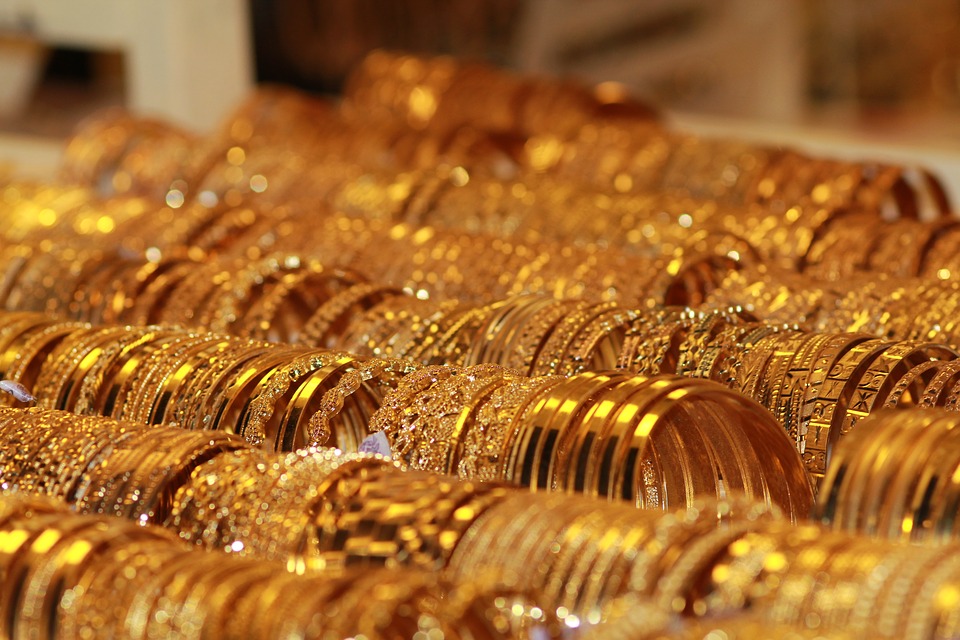Green Hydrogen: What It Is, Why It Matters, and Who Is Producing It
- Green hydrogen is a clean and sustainable source of energy that can help reduce carbon emissions in various industries.
- The production of green hydrogen involves using renewable sources such as solar, wind, or hydropower to electrolyze water and separate hydrogen from oxygen.
- While the technology for green hydrogen production is still developing, it has the potential to revolutionize the energy industry and play a significant role in achieving global sustainability goals.
The world is rapidly transitioning towards renewable energy sources in order to reduce carbon emissions and combat climate change. And one of the most promising technologies in 2024 is green hydrogen, which has the potential to revolutionize the energy industry.
What is Green Hydrogen?
Hydrogen is an abundant element found in water, natural gas, and other organic compounds. It can be used as a fuel source or as an energy carrier in various applications such as transportation, heating, and electricity generation.
Green hydrogen is produced through electrolysis, which involves splitting water molecules into hydrogen and oxygen using electricity from renewable sources such as solar or wind power. The resulting hydrogen gas is then compressed and stored for use as a clean energy source.
Unlike traditional hydrogen production methods, which rely on fossil fuels like coal or natural gas, green hydrogen production emits no greenhouse gases and has zero carbon footprint.
Why is Green Hydrogen Important?
Here are a few reasons why green hydrogen is so important in the energy transition:
Renewable Energy Storage
One of the major challenges faced by renewable energy sources like solar or wind power is their intermittency. They generate electricity only when there is sufficient sunlight or wind, making it difficult to provide reliable 24/7 power supply.
Green hydrogen offers a solution to this problem by acting as a storage medium for excess renewable energy generated during peak periods. This stored hydrogen can then be used later during periods of low renewable energy output to generate electricity on demand.
Decarbonization of Heavy Industries
Heavy industries like steel manufacturing, cement production, and chemical processing are difficult to decarbonize due to their high reliance on fossil fuels. However, green hydrogen can replace these fossil fuels as an alternative feedstock for these industries without compromising their productivity.
For example, using green hydrogen instead of coal in steel manufacturing significantly reduces carbon emissions while maintaining the same quality as steel products.
Clean Transportation
Transportation accounts for a significant portion of global greenhouse gas emissions due to its reliance on fossil fuels like gasoline and diesel. Green hydrogen-powered vehicles offer a cleaner alternative with zero tailpipe emissions.
Moreover, unlike electric vehicles, which require long charging times and limited range due to battery constraints, green hydrogen-powered vehicles can refuel quickly and have longer driving ranges similar to traditional gasoline-powered cars.
Energy Independence
Green hydrogen production does not rely on imported oil or natural gas resources from other countries, making it an attractive option for countries seeking greater energy independence while reducing their carbon footprint at the same time. There is no doubt that green hydrogen will transform geopolitics.
Job Creation
The growth of green hydrogen technology will create new job opportunities across various sectors including engineering, manufacturing, construction, research & development among others.
Challenges Facing Green Hydrogen Adoption
While green hydrogen holds great promise for a sustainable future, it still faces several challenges that need to be addressed before widespread adoption can take place:
- High Production Costs: Currently, electrolysis technology used for green hydrogen production remains expensive compared to traditional fossil fuel-based methods.
- Limited Infrastructure: In order for green hydrogen-powered transportation or industrial processes to become widespread, there needs to be significant investment in infrastructure such as refueling stations or pipeline networks.
- Efficiency Losses: During the electrolysis process, energy losses occur, leading to lower overall efficiency compared with traditional fossil fuel-based technologies.
- Safety Concerns: Hydrogen gas has explosive properties if not handled properly, leading some people to question its safety, especially regarding transport & storage.
- Limited Supply Chain: The current supply chain for green hydrogen remains limited, meaning that scaling up production may prove challenging until more suppliers enter the market.
Green Hydrogen represents one of the most promising solutions for achieving a sustainable future powered by renewable energies free from harmful greenhouse gas emissions. The technology provides numerous benefits, including reliable renewable storage options, cleaner transportation alternatives, and decarbonizing heavy industries. However, given its high cost, limited infrastructure & supply chains, along with safety concerns need further attention before we see widespread adoption across various sectors globally.
Top 10 Countries Leading the Green Hydrogen Charge
The global green hydrogen race is heating up, with countries around the world recognizing its potential to revolutionize the energy landscape. While China currently leads the pack, the distribution of green hydrogen production is far from concentrated. Let's take a closer look at the top 10 countries with the most green hydrogen capacity that's operational, under construction, or has secured financing, according to the International Energy Agency:
China: As the world's largest hydrogen producer and consumer, China is making significant strides in green hydrogen. Although most of its current hydrogen is fossil-fuel based, ambitious plans are underway to decarbonize sectors like steel and chemicals through green hydrogen production.
Saudi Arabia: Home to the world's largest green hydrogen project currently under construction, Saudi Arabia is poised to become a major player in this field. The ambitious facility aims to produce over 200 kilotonnes of green hydrogen annually, dwarfing the capacity of existing plants.
Sweden: With its largest electrolyzer facility opened last year, Sweden is positioning itself as a leader in green hydrogen production. The country's commitment to renewable energy and technological innovation is driving its efforts in this space.
United States: The Inflation Reduction Act of 2022, with its generous clean hydrogen subsidies, has sparked a wave of investment in green hydrogen production in the US. The country's vast renewable energy resources and technological expertise position it for rapid growth in this sector.
United Kingdom: Supported by its own set of clean hydrogen incentives, the UK is actively promoting green hydrogen adoption across various sectors. With a focus on both production and utilization, the UK is establishing itself as a frontrunner in the green hydrogen revolution.
Germany: Recognizing green hydrogen's potential to decarbonize heavy industries, Germany has committed significant funding to research, development, and infrastructure. The country's strong industrial base and commitment to sustainability make it a key player in the global green hydrogen landscape.
Vietnam: With its abundant solar and wind resources, Vietnam is emerging as a potential hub for green hydrogen production in Southeast Asia. The country is actively attracting investment and developing projects to harness its renewable energy potential for green hydrogen.
Australia: Boasting vast land areas and abundant solar and wind resources, Australia is well-positioned for large-scale green hydrogen production. The country has several projects in development, aiming to become a major exporter of this clean energy source.
Oman: With its strategic location and favorable conditions for renewable energy generation, Oman is exploring green hydrogen as a key component of its energy diversification strategy. The country has launched several initiatives to develop green hydrogen production and infrastructure.
France: As a member of the European Union, France is actively participating in the bloc's ambitious green hydrogen targets. The country is investing in infrastructure and research to integrate green hydrogen into its energy mix and industrial processes.
While the world currently produces a modest amount of green hydrogen, the pipeline of projects under construction and in development promises a significant increase in capacity by 2030. The race to lead the green hydrogen revolution is well underway, with far-reaching implications for the global energy landscape and the fight against climate change.
FAQ
What is green hydrogen and how does it work?
Green hydrogen is a type of hydrogen that is produced by splitting water into hydrogen and oxygen using renewable electricity. This process, known as electrolysis, uses an electric current to separate the water molecules into its two components. The resulting hydrogen can then be used for various applications, such as fuel cells and transportation.
The benefits of green hydrogen are numerous. It has zero emissions, meaning it does not contribute to global warming or air pollution. Additionally, it is a renewable energy source that can be used to power homes and businesses without relying on fossil fuels. Finally, green hydrogen can be stored for long periods, making it an ideal energy source when other sources may not be available.
What is green hydrogen made from?
Green hydrogen is made from water, which is split into two components – hydrogen and oxygen – using an electrolyzer powered by renewable energy sources such as wind, solar, or hydropower. The electrolysis process involves passing an electric current through water, which causes the molecules to break apart and the hydrogen molecules to bond with each other, forming hydrogen gas.
This process is commonly referred to as "water splitting," and the resulting hydrogen gas can then be used as fuel for a wide range of applications, from power generation to transportation. Unlike traditional methods of hydrogen production, which rely on fossil fuels, green hydrogen production does not generate greenhouse gas emissions, making it a clean and renewable energy source.
Why is green hydrogen the future?
Unlike traditional hydrogen production methods, which rely on fossil fuels, green hydrogen is produced by using renewable energy sources such as wind, solar, and hydropower. This makes it an ideal solution for our society's transition to a cleaner, low-carbon energy future.
Green hydrogen can be used for a wide variety of applications across many industries, including fuel cell vehicles, power grids, and chemical manufacturing, among others. Its versatility makes it an attractive alternative to traditional energy sources and allows for the development of innovative new technologies.
Is green hydrogen a good investment?
Investing in green hydrogen can be a good long-term strategy for people who wish to support renewable energy, promote sustainability, and potentially earn a return on their investment. However, like any investment, it involves risks and uncertainties that should be carefully considered.
One of the biggest factors to consider is the current cost of green hydrogen production, which is still relatively high compared to traditional hydrogen production methods. Despite this, many experts predict that the cost of green hydrogen will continue to fall as the technology becomes more efficient. Some countries, such as Germany and Australia, are already investing heavily in expanding their green hydrogen infrastructure, indicating strong support for this technology and could drive demand in the coming years.
By Michael Kern for Oilprice.com















